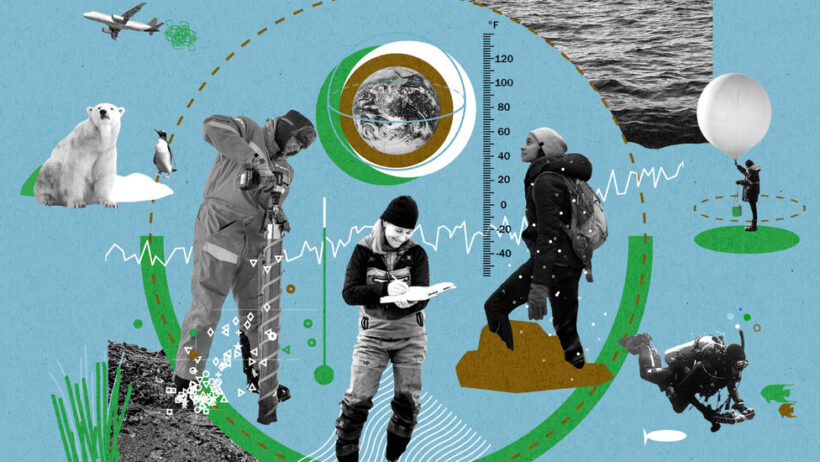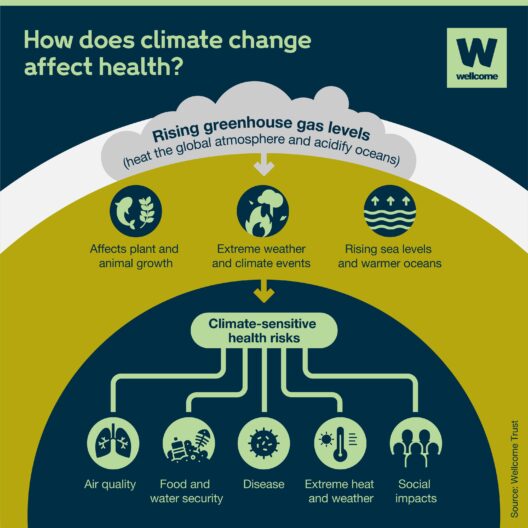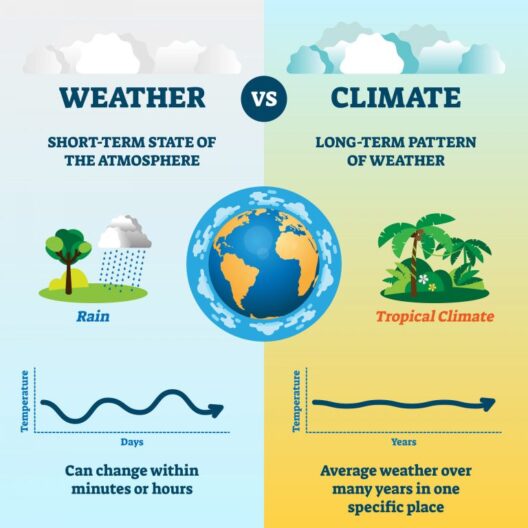The climate crisis is one of the most pressing challenges of our time, yet few solutions are as elegantly simple and profound as photosynthesis. This ancient biochemical process, performed by plants, algae, and certain bacteria, comprises the very foundation of life on Earth. Rather than viewing this natural phenomenon as a mere backdrop to our plight against global warming, we must recognize its monumental potential as a remedy. Photosynthesis not only produces the oxygen we breathe but also absorbs carbon dioxide, a primary greenhouse gas driving climate change.
At the heart of photosynthesis lies a remarkable transformation: sunlight is converted into chemical energy. Through the magical interplay of chlorophyll, light, water, and carbon dioxide, plants synthesize glucose while releasing oxygen as a byproduct. This is not solely a biological function; it is an ecological lifeline. By sequestering atmospheric carbon dioxide, plants play a pivotal role in mitigating greenhouse gas concentrations.
To fully understand the power of photosynthesis, one must delve into its stages. The process bifurcates into two major phases: the light-dependent reactions and the light-independent reactions, commonly known as the Calvin cycle. During the light-dependent phase, chlorophyll captures sunlight, energizing electrons and resulting in the splitting of water molecules. This reaction produces adenosine triphosphate (ATP) and nicotinamide adenine dinucleotide phosphate (NADPH), two molecules that store energy, which are essential for the subsequent Calvin cycle.
The Calvin cycle, on the other hand, is where the true magic happens. Here, the ATP and NADPH generated in the light-dependent phase are utilized to convert carbon dioxide into glucose. This six-carbon sugar serves as an energy reservoir, vital not just for the plant’s sustenance but for the myriad of organisms that rely on them for food. Through this harmonious exchange, plants not only nourish themselves but also form the bedrock of terrestrial food webs.
It is crucial to consider the implications of scaling up photosynthetic processes. In an era characterized by urban sprawl and deforestation, integrating more green spaces into our built environments could harness the power of photosynthesis at an unprecedented scale. Green roofs, vertical gardens, and urban forests can complement traditional agricultural practices, reducing carbon footprints and improving air quality. These initiatives promise to ameliorate the harsh urban heat islands while draping cities in a beneficial cloak of greenery.
Moreover, advancements in agricultural techniques can also amplify photosynthesis. The concept of agroforestry, which integrates trees into crop and livestock systems, exemplifies a strategic approach to utilize photosynthesis in reversing global warming. Trees act as carbon sinks, absorbing carbon dioxide while providing shade and sustenance for crops. This symbiotic relationship not only enhances biodiversity but also fosters resilient agricultural systems capable of withstanding climate-related stressors.
Additionally, researchers are exploring the genetic modification of crops to optimize photosynthetic efficiency. By enhancing the performance of the Calvin cycle or improving the light-capturing capabilities of chlorophyll, scientists could potentially increase crop yield while simultaneously sequestering more carbon. These agricultural innovations are unfolding the promise of “climate-smart” crops, which could buffer the detrimental effects of climate change while ensuring global food security.
Yet, while the potential for photosynthesis to combat global warming is clear, it is equally paramount to acknowledge the threats posed to this process. Climate change itself presents formidable challenges to plant life, with rising temperatures, altered precipitation patterns, and increased levels of carbon dioxide. Strikingly, too much carbon dioxide can lead to a phenomenon known as carbon saturation, where the beneficial effects of photosynthesis begin to wane. Plants, like all living organisms, are inherently affected by their environments. Hence, a harmonious ecosystem is critical for the flourishing of photosynthesis.
The preservation of forests and jungles, which are tremendous reservoirs of photosynthetic energy, becomes non-negotiable. Not only do these ecosystems absorb vast amounts of carbon dioxide, but they also house a rich tapestry of biodiversity, which is essential for overall ecosystem resilience. Initiatives aimed at reforestation, afforestation, and sustainable land-use practices can amplify the positive effects of photosynthesis on a global scale.
Furthermore, public awareness and education about the significance of plants in the battle against climate change should not be underestimated. By cultivating a cultural appreciation for trees and plants, we engender a collective responsibility towards environmental stewardship. Community-led tree planting initiatives, educational programs centered around native flora, and the promotion of sustainable practices in individual households are integral to fostering a societal shift towards valuing our botanical allies.
Ultimately, the power of photosynthesis is not just confined to the natural world; it extends into human agency. By re-envisioning our relationship with plants and incorporating their vital role into policy-making, urban planning, and agricultural practices, we can forge a comprehensive strategy to mitigate climate change. This paradigm shift invites curiosity, urging us to explore new avenues for harnessing the natural processes that can help reverse the effects of global warming.
In conclusion, the symbiotic relationship between plants and climate mitigation represents a crucial arena for innovation and engagement. As we face unprecedented environmental challenges, the innate efficiency of photosynthesis offers an enlightening pathway towards sustainability. It is time to embrace this enthralling possibility—a journey into the verdant world of plants, where the power to heal our planet resides in the humble act of photosynthesis.







